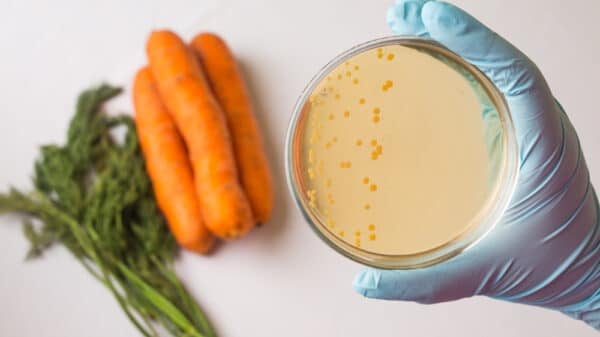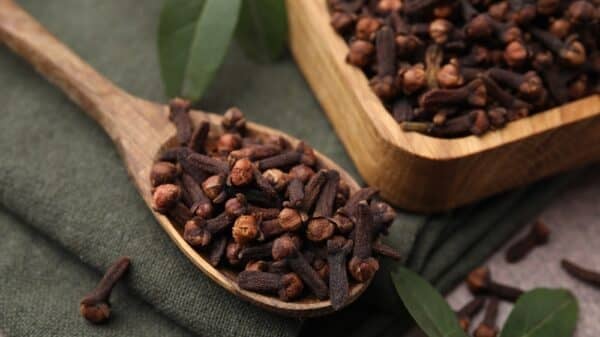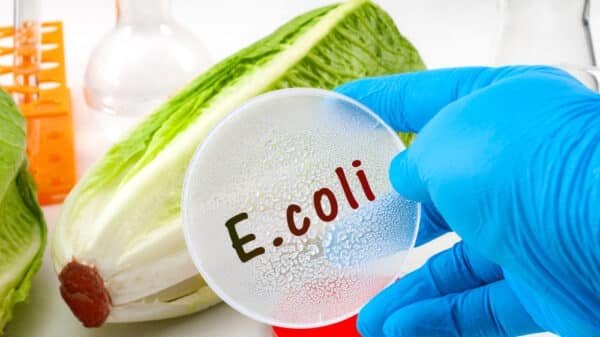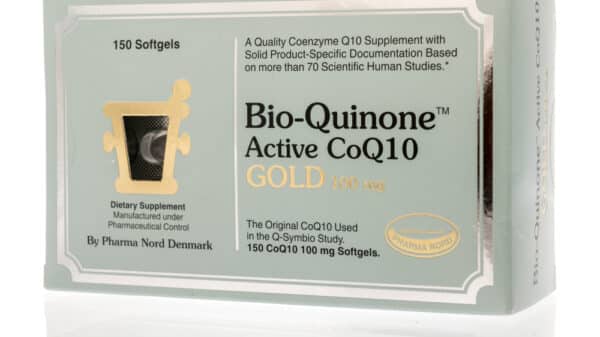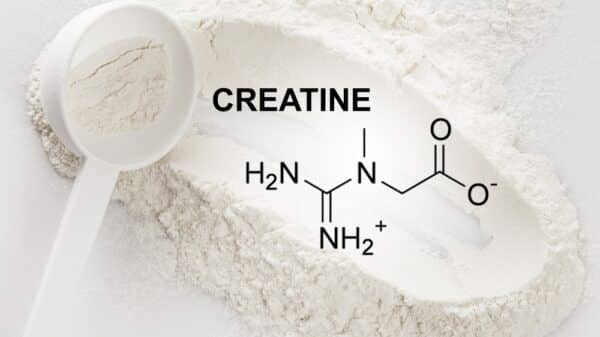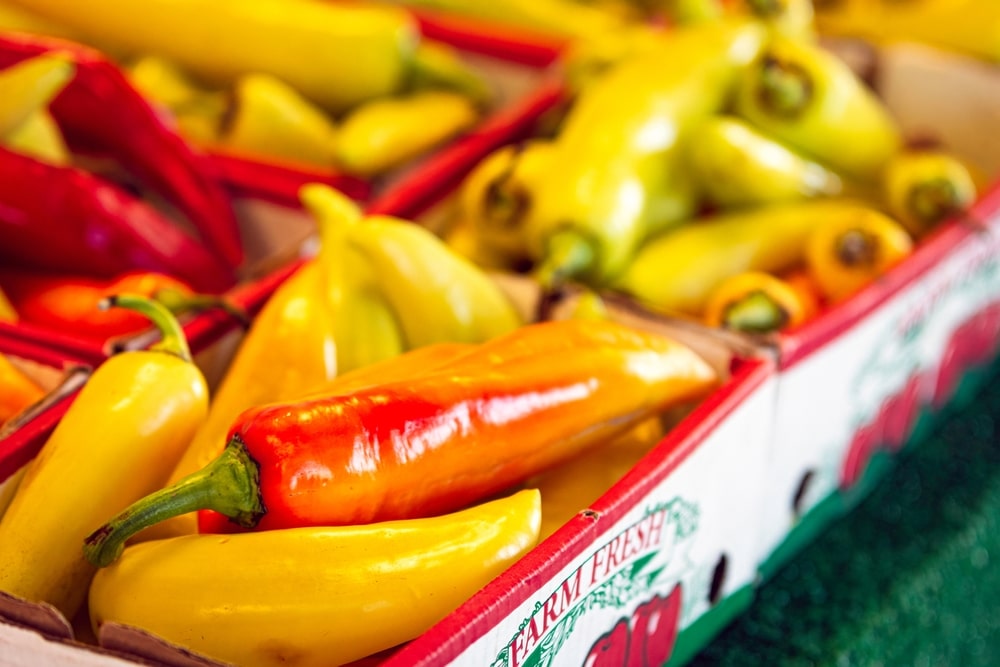Whether you’re a seasoned meal prepper or someone who throws together a simple salad or sandwich for lunch each day, having a stash of versatile toppings can really take your meals from bland to grand. We all know that spices, seasonings, and condiments can elevate a dish, but fresh and pickled vegetables can do wonders, too. Allow me to shine a spotlight on a veggie that often doesn’t get the love it deserves: the banana pepper. These vibrant little beauties pack a punch of flavor with a delightful mix of sweetness and mild heat, turning even the most mundane meals into flavorful feasts.
If you’re not familiar with banana peppers, let me break it down for you. They belong to the genus *Capsicum annuum*, which also includes your everyday sweet bell peppers, and, interestingly enough, they share a family tree with chili peppers. Despite their name, banana peppers don’t taste anything like bananas! Instead, think of them as a sweet, tangy companion—especially in Italian hoagies and a variety of dishes that could use a little kick. As we dig deeper, you might find yourself wondering: do these cheerful peppers come with a side of health benefits? Spoiler alert: they do!
Let’s dive into everything banana peppers have to offer, from their unique taste to their impressive health benefits, and even some expert-approved ways to incorporate them into your daily meals.
Nutrition Profile of Banana Peppers
Curious if banana peppers are a healthy choice? Let’s peel back their nutritional layers, which are surprisingly packed with goodness. According to the USDA, just one cup of raw banana peppers contains:
– Calories: 33.5
– Protein: 2 grams
– Fat: 0.56 grams
– Carbohydrates: 6.6 grams
– Fiber: 4 grams
– Sugar: 2.4 grams
They also bring small amounts of essential nutrients like calcium, vitamin C, potassium, vitamin B6, and vitamin A to the table, alongside various other vitamins and minerals. Sounds good, right?
What Are The Advantages of Banana Peppers?
1. They’re a Fiber Powerhouse
Eating fiber is like giving your gut a high-five! “One cup of banana peppers packs in 4 grams of fiber, which can help you feel fuller for longer,” explains Heidi McIndoo, a registered dietitian and nutrition expert. However, it might surprise you to learn that only about 7% of adults get enough fiber daily, according to a 2021 study by the American Society for Nutrition. Fiber not only promotes digestive health and regularity, but it also supports heart health and contributes to healthy aging.
2. They May Help Boost Your Immune System
Move over, oranges—banana peppers might just steal the spotlight when it comes to vitamin C. One cup boasts a whopping 103 milligrams, exceeding the recommended daily intake of 75 to 90 milligrams for adults. This important vitamin plays a crucial role in supporting your immune system, synthesizing collagen, and aiding in iron absorption. What’s not to love about that?
3. A Source of Capsaicin
Banana peppers are rich in capsaicin, an incredible compound known for the heat it brings to peppers. “Capsaicin has several health benefits, including potential antimicrobial and anti-cancer properties, as well as pain relief and blood pressure regulation,” McIndoo explains. So, the next time you enjoy that mild heat, you might be doing your body a favor!
What Is the Flavor Profile of a Banana Pepper?
Flavor-wise, banana peppers have a sweetness that often makes them a favorite in dishes needing just a hint of heat without overwhelming spice. “They’re much milder than many other peppers, so you might be surprised they’re in the same family,” McIndoo notes. To put it into perspective, jalapeños carry about 2,500 Scoville heat units (SHU), while banana peppers typically sit around 500 SHU. In contrast, bell peppers score a zero on the heat scale, making banana peppers the perfect middle ground.
In essence, banana peppers offer a flavor that’s tangy and sweet, ideal for anyone who appreciates the tastiness of mild peppers but still seeks a kick without overwhelming spice.
Are Banana Peppers a Healthy Choice?
Absolutely! These vibrant peppers are not just tasty but also an excellent way to enhance your meals with a nutritional boost. “Eating a variety of foods is key to meal satisfaction and helps meet our nutritional needs better than sticking to the same old routine,” emphasizes McIndoo. Tossing more vegetables, like banana peppers, into your meals opens the door to a wider range of nutrients, vitamins, and minerals.
Interestingly, research from the American Gut Project indicates that consuming over 30 different types of plants weekly is one of the best predictors of a healthy gut microbiome. Luckily, incorporating a variety of peppers—like banana, red bell, and even jalapeños—gets you closer to that goal. Plus, adding more flavorful options can reduce your reliance on salt to boost taste.
Incorporating Banana Peppers into Your Cooking
So, how can you enjoy these delightful peppers? Sweet, slightly spicy, and tangy—especially when pickled—banana peppers can jazz up your meals in no time. McIndoo shares that her family loves adding them to homemade pizzas or slicing them for sandwiches. They’re also perfect for salads, think Greek or antipasto platters, where their brightness shines.
You might even find them pickled, where they can add a zesty kick to everything from salads to salsas. “For recipes that call for other peppers, you can easily swap banana peppers in. Try them alongside jalapeños in salsas, chop them to roast with green beans, or mix them into your burrito fillings or tacos,” McIndoo suggests. The culinary possibilities are endless, and you’ll not only enhance the flavor but also up your veggie intake with ease.
In summary, banana peppers can be a game-changer for your meals, packed with flavor and health benefits. So, the next time you find yourself in the produce aisle, don’t overlook this vibrant pepper; grab a few and add a tasty twist to your dishes!













